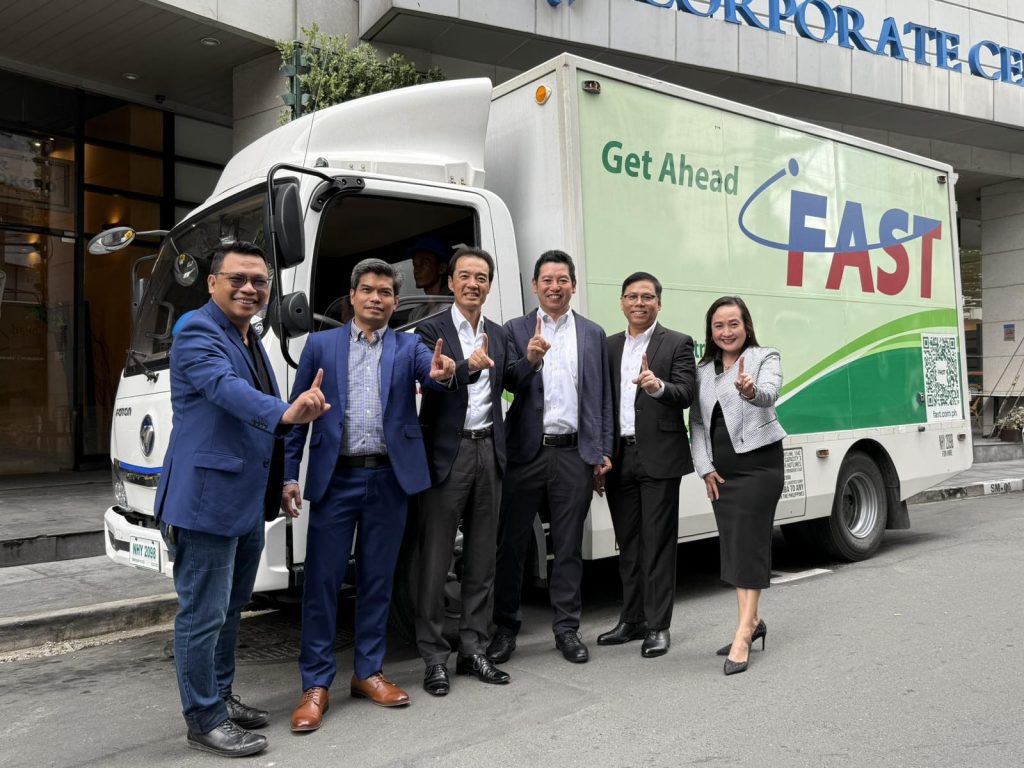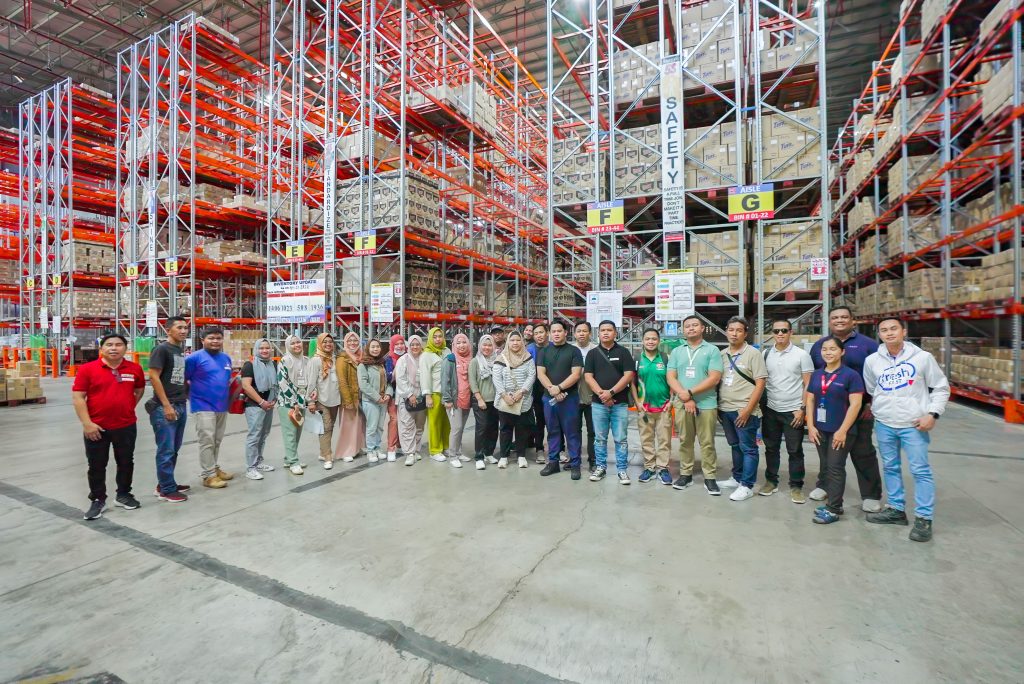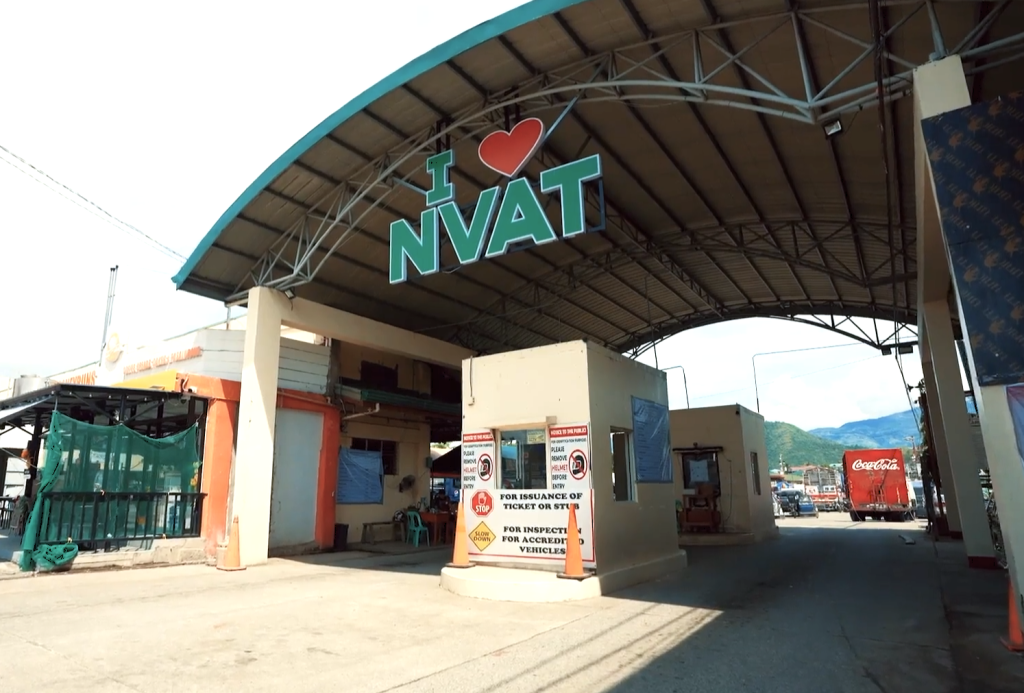
Innovative agro-logistics solutions are important as smallholder farmers in the Philippines depend on intermediaries to bring their harvest to the market. Middlemen, from truckers to bulk-buying store owners, help fruits and vegetables reach wider markets and more consumers.
But this convenience comes at a cost. Farmers often have little control over pricing and sell their produce at low rates. Consumers also end up paying high markups once the goods reach urban centers.
Organizations are pursuing agro-logistics initiatives to link farmers and institutional buyers and address the disparity between farmgate prices and retail prices. A good example is the Nueva Vizcaya Agricultural Terminal (NVAT), which has partnered with the government and logistics providers like FAST Logistics Group to give farmers better access to larger markets.
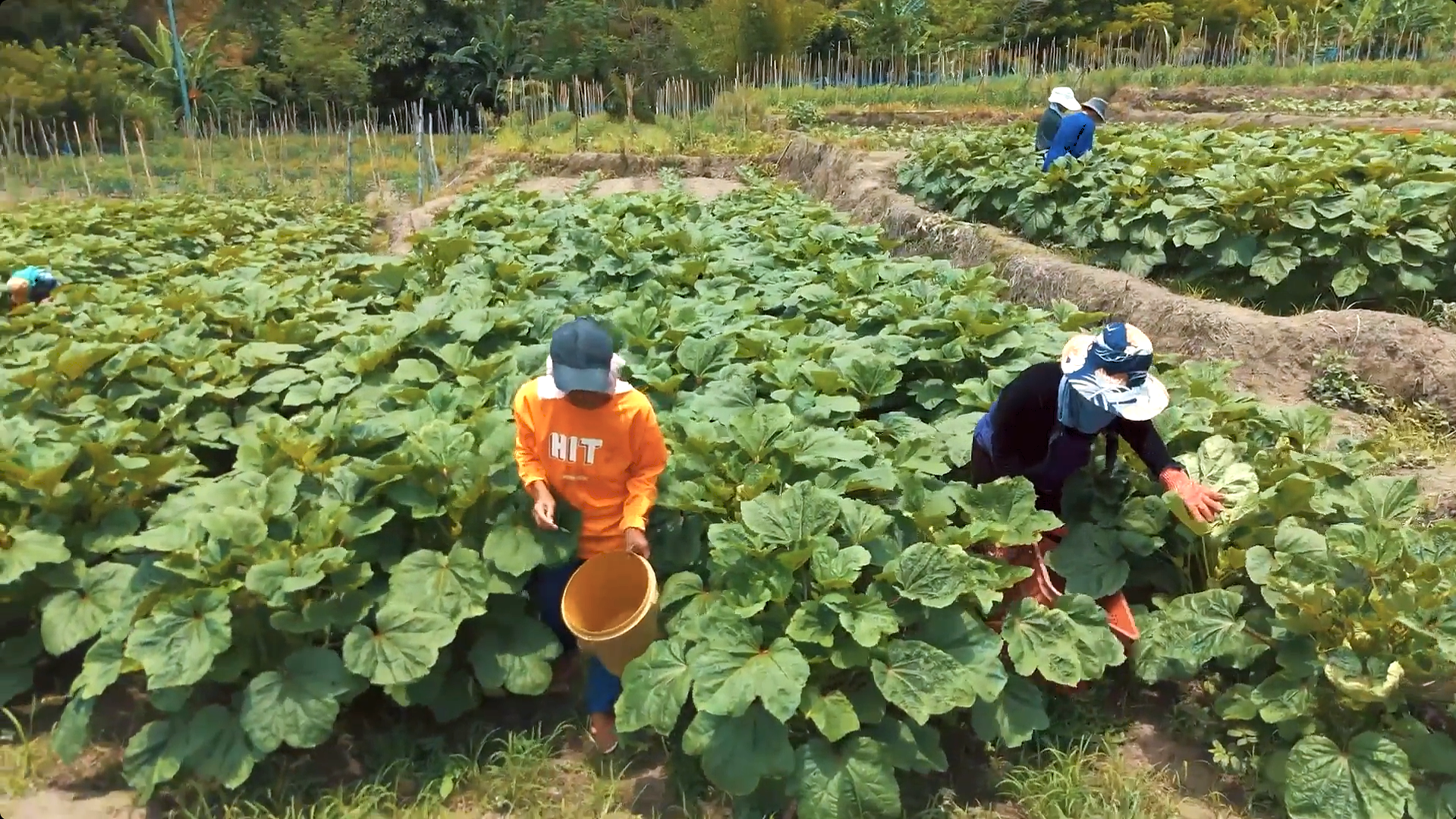
Nueva Vizcaya – Agricultural Powerhouse
Nueva Vizcaya, located in the Cagayan Valley Region, has been dubbed the Vegetable Bowl of Region 2. The province produces an impressive variety of crops due to its fertile soil and favorable climate.
Nueva Vizcaya produces about 120,000 metric tons of vegetables each year. These are transported to Metro Manila and nearby regions. Unlike other provinces limited by geography, Nueva Vizcaya’s mix of upland and lowland terrain allows for year-round production. This makes Nueva Vizcaya a lifeline for Luzon’s food supply.
Vast fields of rice and corn dominate the lowlands. Some 33,000 hectares are planted to rice, while 9,000 hectares are devoted to corn. The uplands produce vegetables such as cabbage, potatoes, and peppers.
Fruit and citrus production is also abundant, with the province producing around 95,000 metric tons of citrus fruits each year. Their citrus produce includes ponkan, satsuma, and hamlin varieties. This large-scale production has earned Nueva Vizcaya the title Citrus Capital of Northern Luzon.
In early 2025, the Department of Agriculture officially declared Nueva Vizcaya as the Ginger Capital of the Philippines, marking a stronger government commitment to channel resources toward expanding the production of this high-value crop in the Cagayan Valley region. The province led the country’s ginger output in 2024 based on the latest data, harvesting approximately 7,140 metric tons from 933 hectares of land from more than 5,000 ginger growers.
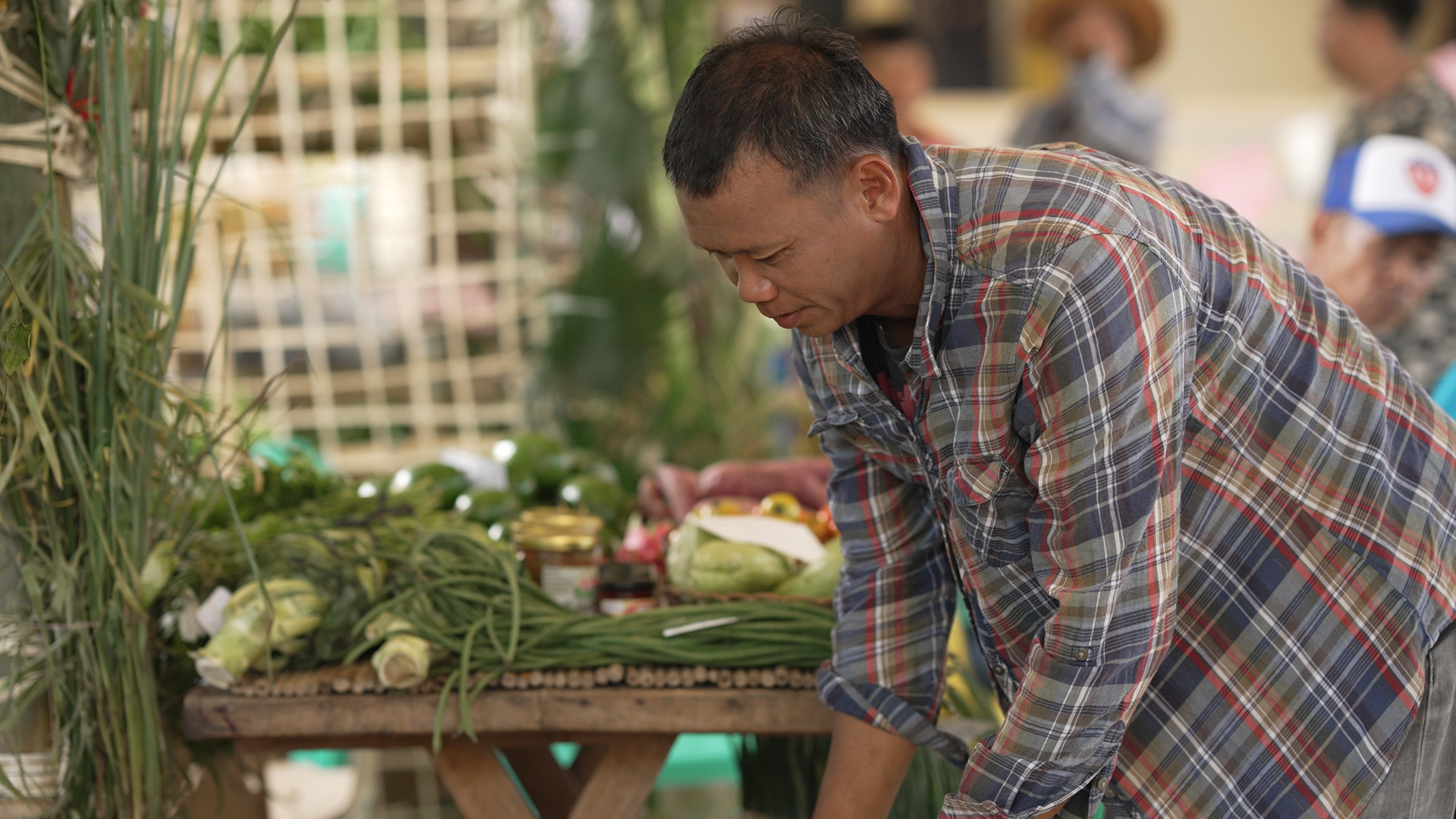
Strong Farmer Communities
Agriculture lies at the heart of Nueva Vizcaya’s economy. More than 110,000 farmers cultivate about 60,000 hectares of land, according to government data. Most farmers are members of cooperatives, which give them representation in policy-making and industry discussions.
Geographically, Nueva Vizcaya also serves as a gateway to the agricultural powerhouses of Cagayan Valley and the Cordillera Administrative Region. Many of the vegetables sold in Metro Manila and nearby provinces are transported through this province.
Supporting this vibrant farming community is the Nueva Vizcaya Agricultural Terminal (NVAT), the largest food terminal in the Philippines in terms of land area.
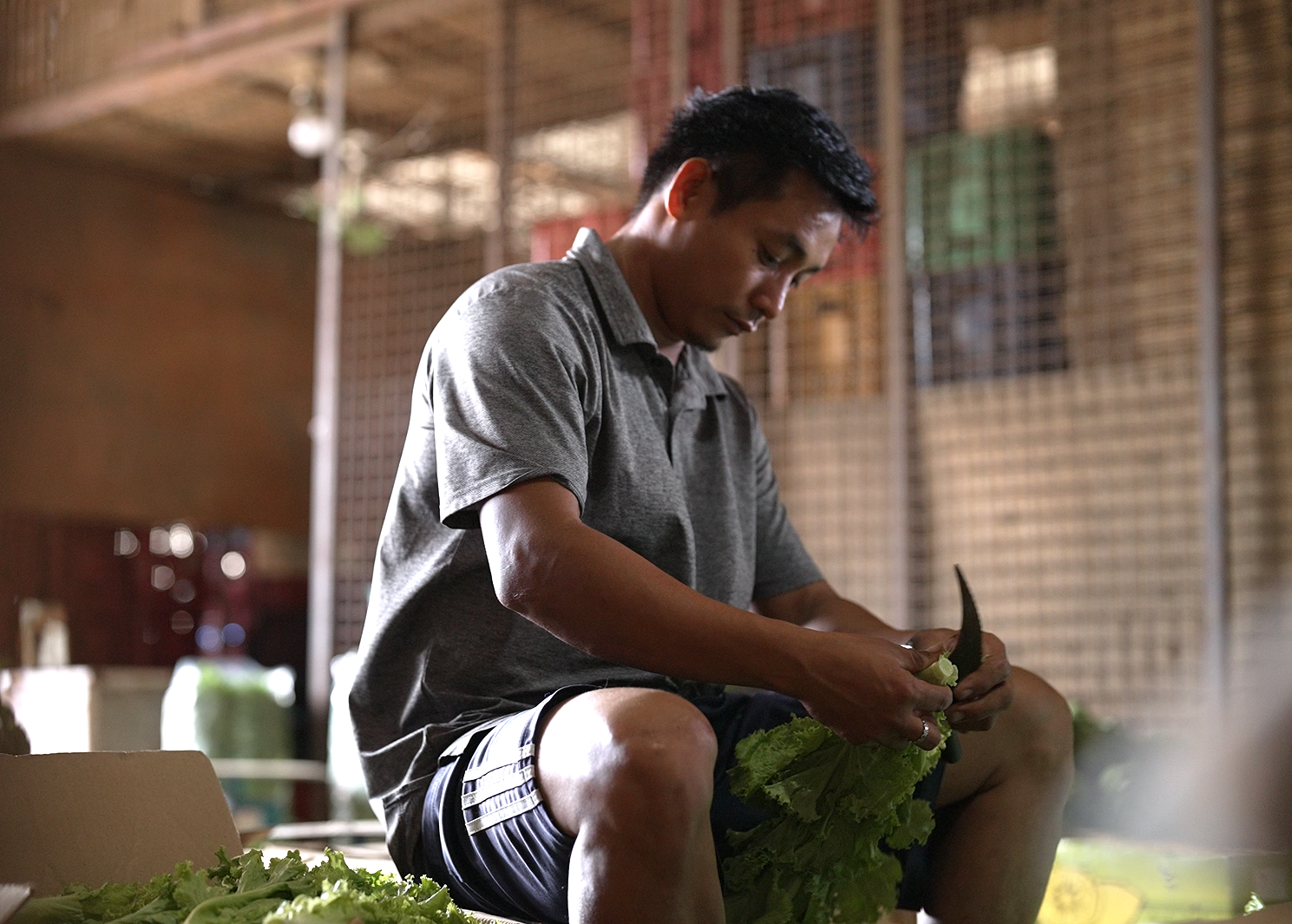
NVAT: Innovative Agro-Logistics in Food Supply Chain
Located in Bambang, Nueva Vizcaya, NVAT spans 6.7 hectares and serves as a one-stop hub where farmers’ produce is consolidated and traded. Every day, about 763 metric tons of vegetables and fruits move through the terminal, supported by around 400 businesses dedicated to selling fresh produce. About one-third of this output, or 163 metric tons, is delivered daily to Metro Manila. The rest goes to Central Luzon, Calabarzon, and even the Ilocos Region.
Since its establishment in 2004, NVAT has operated primarily as a private trading hub, housing farmers’ stalls but not directly intervening in the trade of goods. However, recognizing the need to strengthen farmers’ access to institutional buyers, NVAT partnered with the Department of Trade and Industry – Supply Chain and Logistics Group. They aim to supply fresh produce to the country’s leading malls and supermarket chains. To meet institutional requirements, NVAT has introduced value-added services such as packaging and stickering, helping standardize harvests and making them market-ready.
In addition, NVAT is spearheading projects like a tomato-processing plant within its facility. This initiative aims to extend the economic value of tomatoes and minimize post-harvest losses caused by oversupply during peak seasons. With government support, this project will give farmers alternatives to dumping excess harvests and help stabilize income.
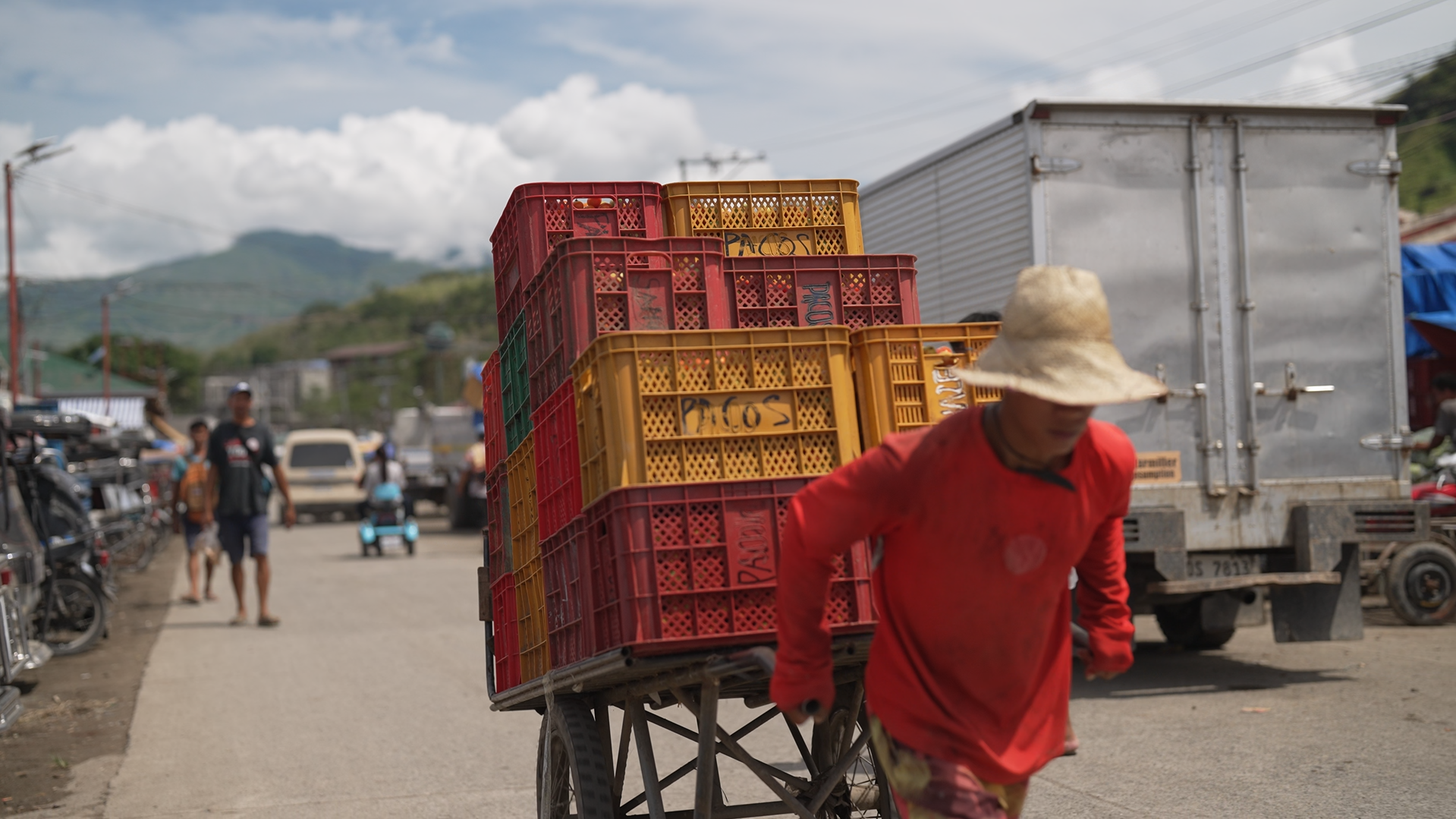
Minimizing Intermediaries, Reducing Cost
One of NVAT’s biggest contributions is reducing the role of intermediaries in the food supply chain.
Take tomatoes as an example. Nueva Vizcaya farmers sell a kilo of tomatoes at ₱12.00. But tomatoes cost ₱40.00 per kilo in Metro Manila due to handling fees and transport costs of multiple intermediaries. Farmers lose bargaining power, while consumers pay more.
NVAT envisions a different future — one where efficient logistics brings farmers closer to buyers, ensuring fairer pricing for both sides.
“What we want is to connect farmers and institutional buyers so that fruits and vegetables can be purchased at prices that benefit farmers while remaining affordable for consumers,” says General Manager Engr. Aivan Kurt Russel Alfaro.
Despite its scale, NVAT still faces a challenge: logistics and last-mile delivery. While NVAT owns large trucks for delivery to Manila, it has no small fleet. It cannot break bulk produce into smaller volumes for supermarkets, malls, and retail stores. Using large trucks is more cost-efficient for long-haul routes from Nueva Vizcaya to Metro Manila. Smaller fleets are meanwhile suited for shorter distances and Metro Manila’s traffic-congested roads.
Learn more about NVAT through this video.
Without cross-docking facilities and last-mile delivery solutions, NVAT is limited to being a “first-miler,” unable to complete the supply chain loop.
There are other food terminals in the Philippines, such as the Benguet Agri-Pinoy Trading Center (BAPTC) in La Trinidad, Benguet for highland vegetables; the SIDC Grains Terminal in Batangas for yellow corn, and the barangay food terminals spread across the country and established by the Department of Agriculture.
Last-Mile Delivery for Nueva Vizcaya Produce
To overcome this, NVAT partnered with FAST Logistics Group, a leading agro-logistics provider in the Philippines. FAST operates cross-docking facilities that allow bulk shipments from NVAT to be broken down into smaller loads. FAST transport farmers’ produce via AUVs, six-wheelers, or four-wheelers suitable for Metro Manila’s roads.
“We welcome the interest of logistics providers like FAST in offering solutions that help farmers transport their goods efficiently and cost-effectively,” says GM Kurt. “We are helping farmers sell at competitive prices while lowering the cost of fruits and vegetables for our fellow Filipinos.”
This last-mile capability is a game-changer for NVAT, enabling it to serve institutional buyers more efficiently and reliably. FAST, with its industry leadership in end-to-end logistics, is fully capable of meeting the last-mile delivery requirements of NVAT and its partner stores. FAST continues to pursue innovative agro-logistics solutions for organizations like NVAT.
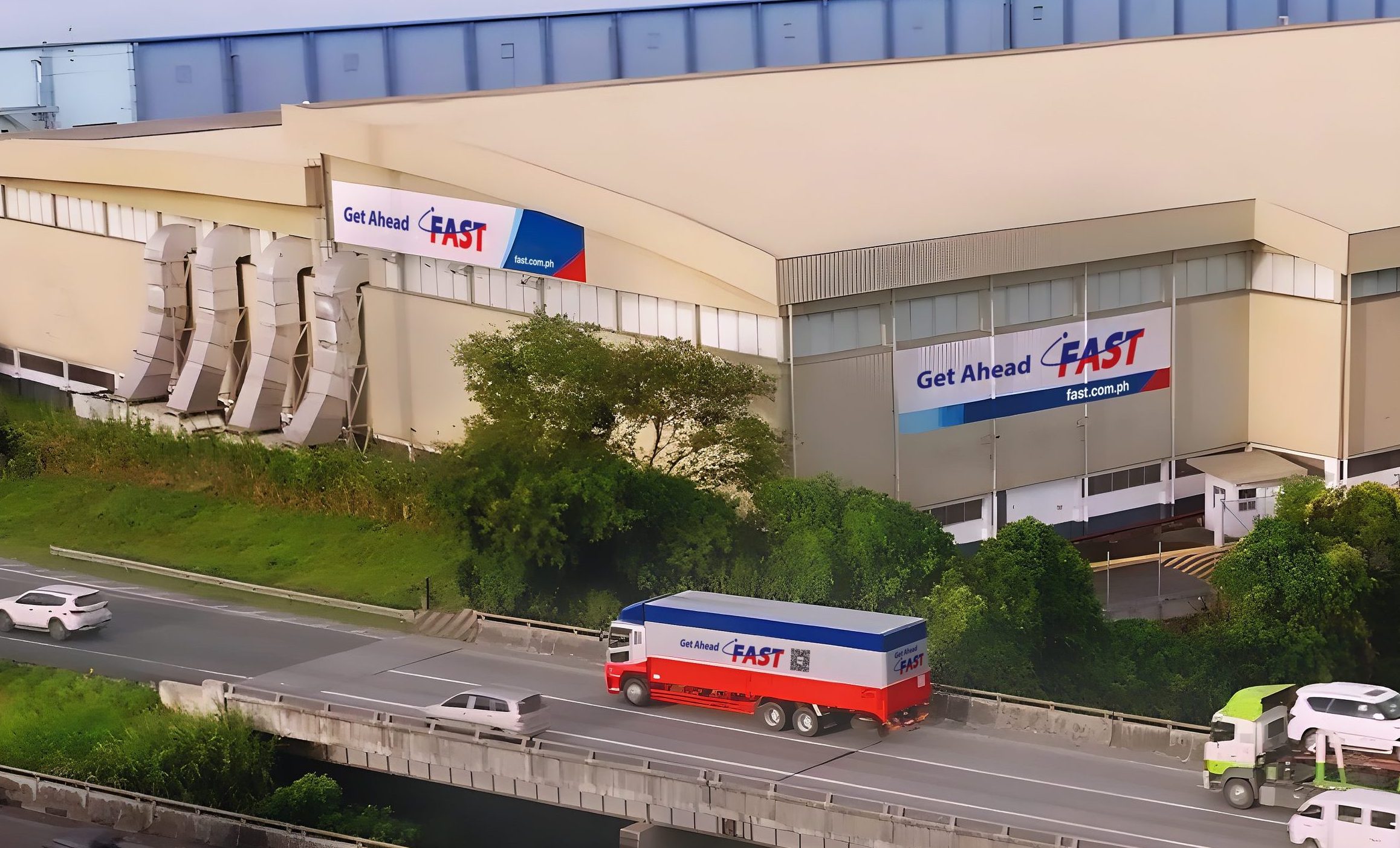
Reliable, Innovative Agro-Logistics with FAST Logistics Group
Helping bring NVAT’s vision to life is FAST Logistics Group, the country’s leading end-to-end logistics provider. With the Philippines’ largest trucking fleet and nationwide coverage, FAST provides the expertise and smart solutions to connect NVAT’s farmers directly with institutional buyers in Metro Manila.
Through this collaboration, produce that once passed through multiple intermediaries can now move more efficiently from Nueva Vizcaya to supermarket shelves. FAST uses cross-docking and last-mile delivery to break down large shipments into smaller deliveries that arrive on time.
“Every vegetable, every fruit that reaches Metro Manila carries with it a story — but that story is clouded by too many middlemen, transport bottlenecks, and missed opportunities. At FAST, we are bridging these gaps,” says FAST CEO for Logistics Manuel L. Onrejas Jr.
“Through our extensive network of institutional buyers — fast food chains and restaurants — we are connecting farmers directly to markets. No unnecessary layers, no wasted time,” he says.
Nueva Vizcaya’s story shows how partnerships and innovation among the government, farming communities, and agro-logistics solutions providers like FAST can transform the farm-to-market supply chain. Agro-logistics solutions bridge gaps, reduce costs, and ensure that farmers’ hard work truly pays off.
With over 50 years of industry leadership, FAST collaborates with stakeholders to make food more accessible and affordable for Filipinos. Connect with our Solutions Experts to learn how we can help your business get ahead.
Categories
-

FAST Ahead
Includes case studies and testimonials of our partners as well as other featurettes from industry experts
-

FAST Hacks
We simplify logistics terms and provide practical tips and solutions for the DIY in you
-

FAST Highlights
Know more about our history, various brands, achievements, and news updates
-

FAST Moments
Get to know the people of FAST, our employee programs, as well as our various ways of giving back to the community
-

FAST Solutions
Learn more about the various logistics solutions that we cater to and offer our clients, as well as tech innovations, and service facilities
